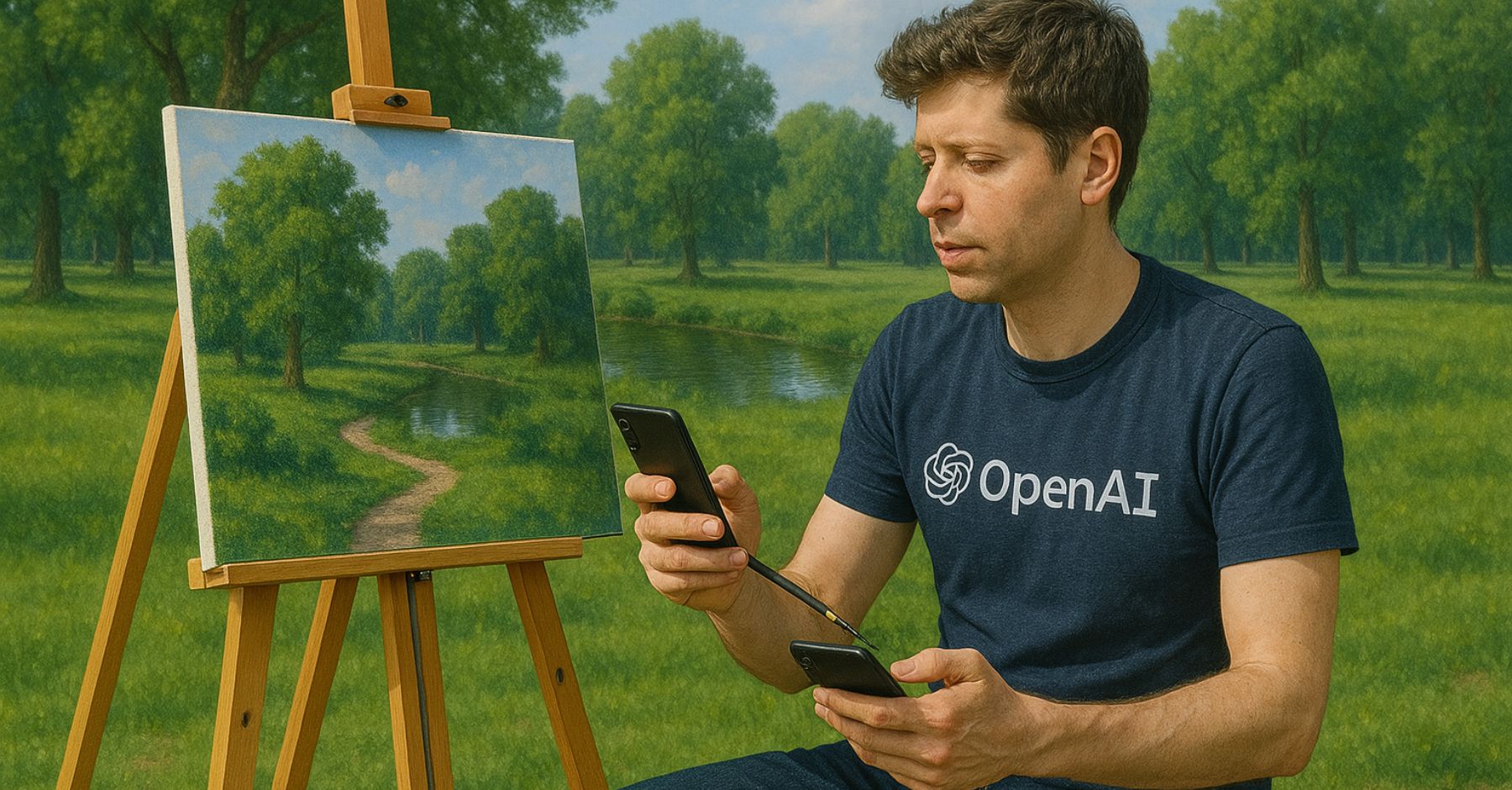Each week we’ll gather headlines and tips to keep you current with how generative AI affects PR and the world at large. If you have ideas on how to improve the newsletter, let us know!
What You Should Know
AI Image Generation Takes a Leap Forward
With last week’s update to its image generation capabilities, ChatGPT has once again set the bar for other AI tools. It’s fake-a-receipt good. It’s maybe-a-threat-to-Photoshop good. It’s … something you should definitely know exists on this April Fools’ Day. (No fooling here, just a public service announcement because “You have to see it to believe it” doesn’t hold much water anymore.)
The much-improved image quality is a product of GPT-4o being a multimodal large language model (LLM). In other words, it both reads the prompt and generates the image. In the past, the LLM would package up prompts and send them to separate image generation tools, like DALL·E, which aren’t as smart. This is why the images couldn’t accurately include text or adhere to prompts that said what not to include. Ethan Mollick, author and Professor of Management at Wharton, covers this more in-depth with some interesting examples in his recent blog post.
The ability to create photorealistic images with better text rendering and more consistency has been incredibly popular. OpenAI CEO Sam Altman, who previously shared “our GPUs are melting” shortly after the model generation capability launched, posted yesterday afternoon that “we added one million users in the last hour.” Last night, OpenAI rolled out the tool to free users, who can generate three images daily.
Forget replacing stock images. ChatGPT allows content creators to do much more. Want a pull quote presented in graphic form? No problem. Want a chart that coincides with data in a blog post? You got it. Need a product mockup? That’s easier than ever and does the work of a designer, manufacturer, and professional photographer in only a few seconds. For comms pros, that means fewer bottlenecks between concept and execution, and a new creative muscle worth exercising.
Elsewhere …
- PODCAST: Meet the AI Assistants Handling Your Bills, Home, and Investments
- OpenAI Closes $40 Billion Funding Round, Largest Private Tech Deal on Record
- OpenAI Plans to Release Open-Weight Language Model in Coming Months
- Amazon’s New AI Agent is Designed to Do Your Shopping
- First Therapy Chatbot Trial Yields Mental Health Benefits
Tips and Tricks
 How to get chatbots to view the right links
How to get chatbots to view the right links
What’s happening: ChatGPT has been able to search the internet for months, and Claude got access a couple weeks ago. This capability can be a great resource when you want to find real-world examples or data to support your content, but sometimes the AI tools don’t look in the right place.
Why it matters: Sometimes you have the search narrowed down and don’t need broad background from a variety of sites. You want to use a news article as a hook for a piece of content, for example. If you want AI tools to only reference certain pages instead of the wider internet, you have to be specific in how you ask them to narrow their search. And even then, it can still be a challenge.
Try this: The best shot of avoiding a wide search is to be explicit in your instructions. If you’re asking it to visit only one site and it’s still doing a broad search, try language like, “Only search for this exact URL and don’t follow any other links” or “Search only URLexamplehere and nothing else.”
Quote of the Week
“Yet it is clear that what has happened to text will happen to images, and eventually video and 3D environments. These multimodal systems are reshaping the landscape of visual creation, offering powerful new capabilities while raising legitimate questions about creative ownership and authenticity. The line between human and AI creation will continue to blur, pushing us to reconsider what constitutes originality in a world where anyone can generate sophisticated visuals with a few prompts. Some creative professions will adapt; others may be unchanged, and still others may transform entirely.”
— Ethan Mollick, author and Professor of Management at Wharton, in his latest blog post
How Was This Newsletter?



